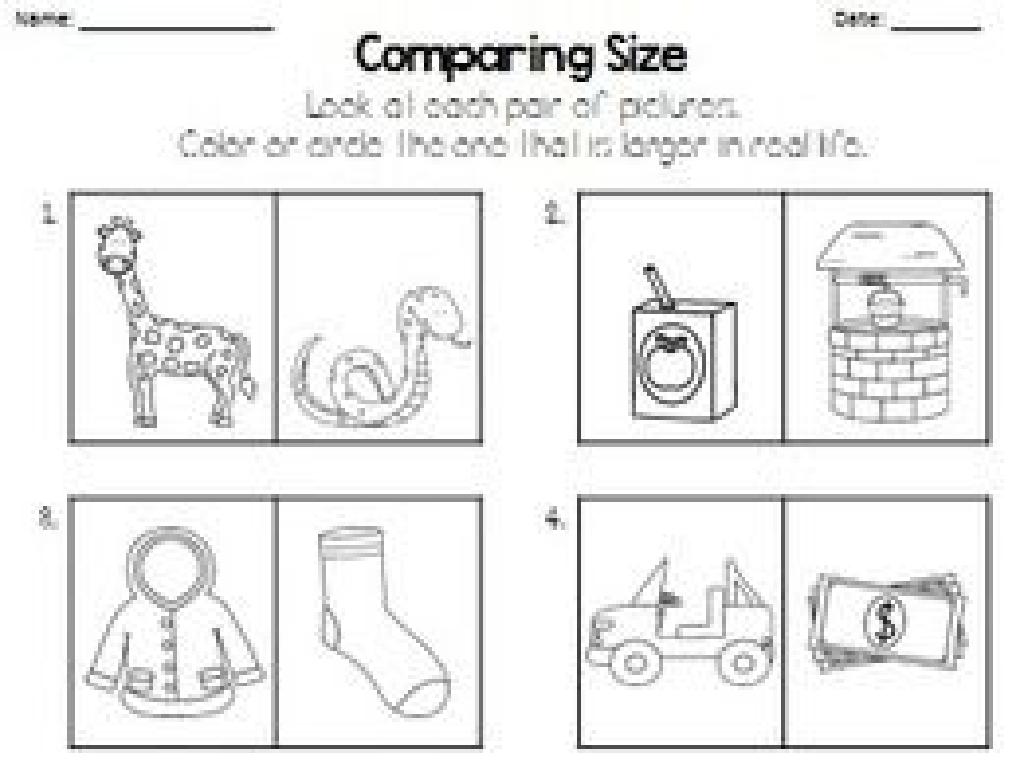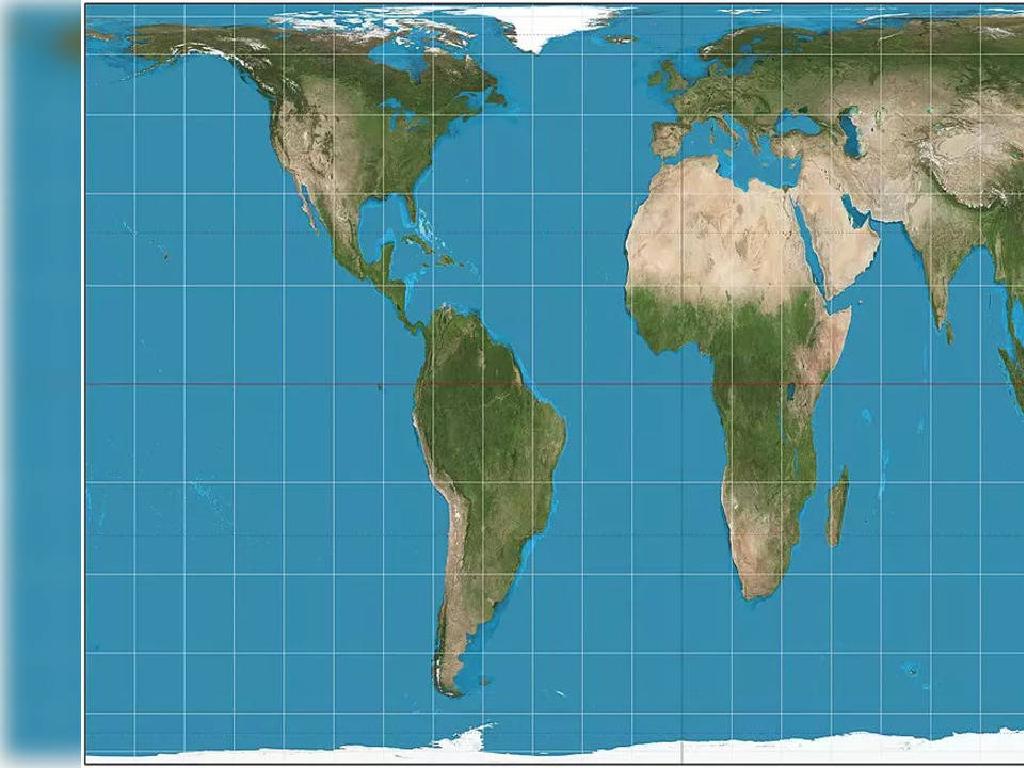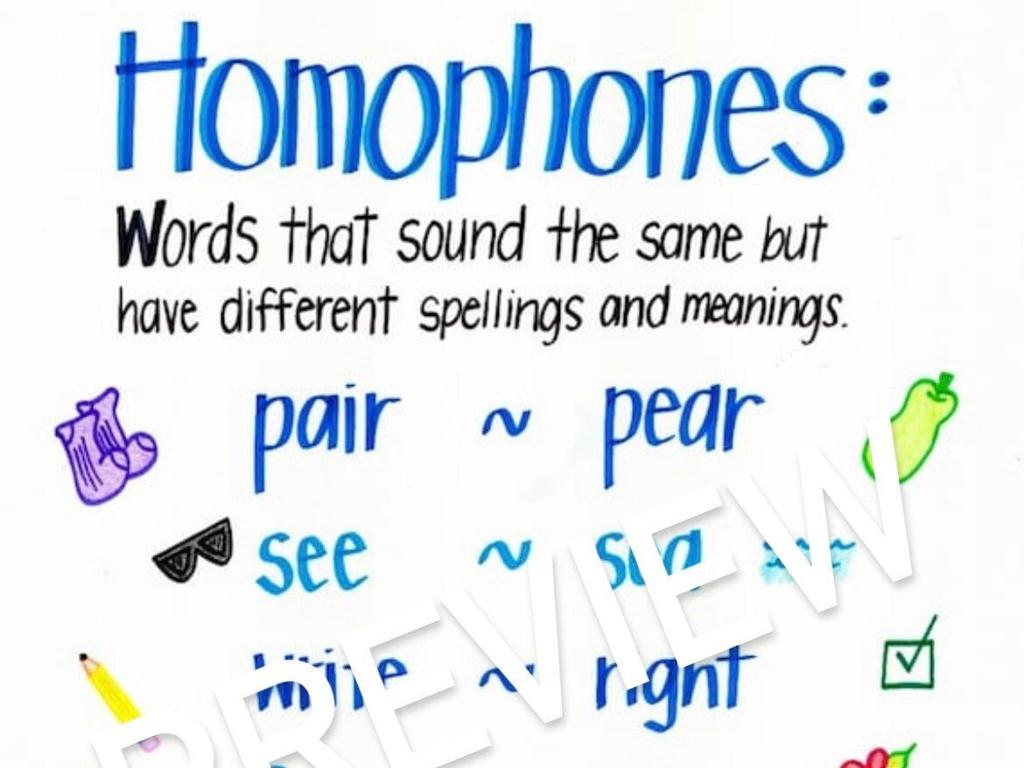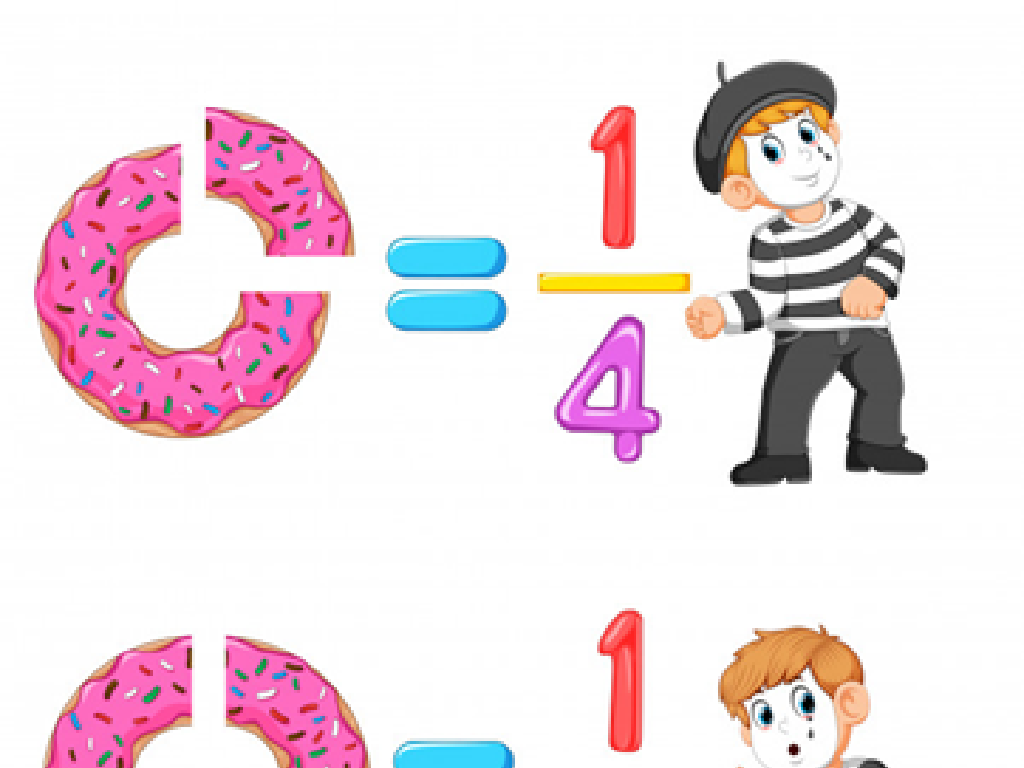Find Probabilities Using Two-Way Frequency Tables
Subject: Math
Grade: Eighth grade
Topic: Probability
Please LOG IN to download the presentation. Access is available to registered users only.
View More Content
Welcome to Probability!
– Understanding Probability
– Probability measures the chance of an event occurring.
– Probability’s role in decisions
– It helps us make informed choices based on likelihood.
– Real-life probability examples
– Weather forecasts, games of chance, and risk assessment.
– Two-way frequency tables
– A tool to organize and compare data for finding probabilities.
|
This slide introduces the concept of probability, emphasizing its importance in everyday decision-making. Probability is a mathematical way to measure the likelihood of different outcomes and is used in various real-life situations, such as predicting weather or assessing risks. Provide students with relatable examples to illustrate how probability affects their daily lives. Introduce two-way frequency tables as a method to organize data, which will be used to calculate probabilities. Ensure students understand that these tables are a visual representation that can make finding probabilities more intuitive. The goal is to lay the groundwork for understanding how to calculate probabilities using these tables in subsequent lessons.
Recap: Understanding Probability
– Define probability concept
– Probability measures likelihood of an event, from 0 (impossible) to 1 (certain).
– Explore simple probability formula
– The formula is P(Event) = Number of favorable outcomes / Total number of outcomes.
– Discuss everyday probability examples
– Flipping a coin (heads or tails), rolling a die (landing on a six), predicting weather.
|
This slide is a quick recap of the fundamental concept of probability, aimed at grounding students’ understanding before delving into two-way frequency tables. Start by defining probability as a measure of how likely an event is to occur. Use the simple probability formula to illustrate how to calculate the likelihood of an event, emphasizing the ratio of favorable outcomes to the total number of possible outcomes. Provide relatable examples such as flipping a coin or rolling a die to help students connect the concept to real-life situations. This will set the stage for applying these principles to more complex scenarios using two-way frequency tables.
Introduction to Two-Way Frequency Tables
– Define Two-Way Frequency Table
– A table that displays the frequency of data in two different categories
– Key Components Explained
– Rows, columns, and cells represent different categories and frequencies
– How to Read the Table
– Locate and interpret frequencies in the context of the data
– Practice with Real Data
|
This slide introduces the concept of two-way frequency tables, which are tools used in statistics to organize and analyze the frequency of data across two different categories. It’s important to explain the structure of the table, including rows and columns that represent categories, and cells that show frequencies. Students should learn how to read and interpret the information presented in the table, such as how often a particular combination of categories occurs. Provide examples using real-life data to help students understand the practical application of two-way frequency tables. Encourage students to practice creating and reading these tables with sample data to solidify their understanding.
Calculating Probabilities with Two-Way Frequency Tables
– Calculate Joint Probability
– The probability of two events happening together.
– Find Marginal Probability
– Probability of a single event occurring.
– Understand Conditional Probability
– Probability of an event given another event has occurred.
– Practice with examples
|
This slide introduces students to the concept of calculating different types of probabilities using two-way frequency tables. Joint probability refers to the likelihood of two events occurring simultaneously and can be found by dividing the frequency of both events occurring by the total number of outcomes. Marginal probability is the probability of a single event occurring and is found by summing the row or column totals and dividing by the grand total. Conditional probability is the probability of one event occurring given that another event has already occurred, calculated by dividing the joint probability by the marginal probability of the given condition. Provide examples for each type of probability to ensure students can apply these concepts. For instance, use a table that shows the frequency of students owning cats and dogs to calculate the probabilities of owning both, either, or one given the other.
Exploring Probabilities with Two-Way Frequency Tables
– Two-way tables and student subjects
– Table showing how many students favor Math, Science, etc.
– Dice game outcomes in tables
– Table displaying possible dice rolls and frequencies
– Analyzing table results
– How to read the tables to discuss findings
– Understanding probabilities
– Using frequencies to calculate the likelihood of events
|
This slide introduces students to the concept of two-way frequency tables as a tool for finding probabilities. Start with an example that’s relatable, such as a table categorizing students’ favorite subjects. This will help them understand how data is organized. Then, move on to a more abstract example like the outcomes of a dice game, which can be used to calculate probabilities of different rolls. Teach students how to interpret the data in these tables and how to discuss the results. Emphasize the importance of understanding the relationship between frequency and probability, and how these tables can be used to predict outcomes in real-life situations.
Class Activity: Probability with Two-Way Frequency Tables
– Analyze survey data results
– Use a provided survey table to find probabilities
– Predict card game outcomes
– Determine the probability of drawing a specific card
– Step-by-step guided practice
– Teacher-led walkthrough of problems
– Solve and discuss in groups
|
This slide is designed for a class activity where students will apply their knowledge of two-way frequency tables to solve probability problems. Problem 1 involves analyzing data from a survey to calculate the probability of different responses. Problem 2 requires students to predict the outcome of drawing a specific card from a deck. The guided practice will be led by the teacher, providing a step-by-step solution process for each problem. Students will then work in groups to solve additional problems and discuss their methods and answers. This activity will help reinforce their understanding of how to use two-way frequency tables to find probabilities in various contexts.
Class Activity: Create Your Frequency Table
– Collect class data for your table
– Fill in the two-way frequency table
– Calculate probabilities from the table
– Use the formula: Probability = (Frequency of event) / (Total frequencies)
– Share and discuss findings with the class
|
This interactive class activity is designed to help students understand and apply the concept of probability using two-way frequency tables. Students will collect data relevant to a topic of interest or a predetermined scenario. They will then organize this data into a two-way frequency table, which will serve as a visual representation to help them calculate probabilities. Encourage students to think critically about the relationships between the data points. After calculations, students will share their findings with the class, fostering a collaborative learning environment. Possible activities include surveying favorite colors, sports, or food preferences. This will help students grasp the practical application of probability in everyday situations.
Wrapping Up: Two-Way Frequency Tables
– Recap of two-way frequency tables
We reviewed how to organize and analyze data with two-way tables.
– Mastery of probability skills
Understanding probabilities is crucial for advanced math concepts.
– Homework: Create & solve problems
Design your own two-way frequency table and find probabilities.
– Why it’s important for future topics
This skill is foundational for statistics and real-world problem solving.
|
As we conclude today’s lesson, remind students of the key points in creating and interpreting two-way frequency tables. Emphasize the importance of mastering this skill as it is not only essential for their current studies but also for understanding more complex statistical concepts in the future. For homework, students should create their own problems involving two-way frequency tables, which will help reinforce their understanding and application of the concept. Encourage creativity in their problem design and ensure they understand how to calculate probabilities from the tables they create. This exercise will prepare them for the next class where they will delve deeper into the applications of probability.






